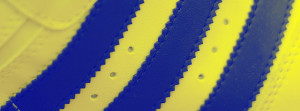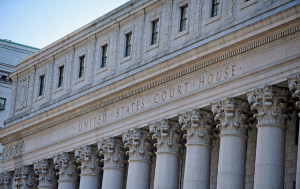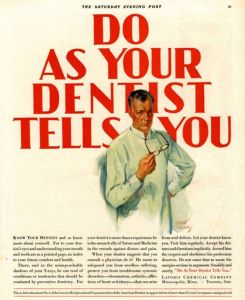La Grande Chambre de la Cour Européenne des Droits de l’Homme (CEDH) a rendu le 23 avril 2015 un arrêt, Morice c. France, où elle condamne la France pour violation de l’article 10 de la Convention Européenne de Sauvegarde des Droits de l’Homme (CESDH) en raison de sa condamnation pour diffamation d’un avocat qui s’était exprimé dans la presse dans le cadre de l’affaire très médiatisée du Juge Borel.
Le juge Bernard Borrel avait été retrouvé mort en octobre 1995 à Djibouti, où il avait été détaché par le gouvernement français en tant que conseiller technique auprès du ministre de …read more









